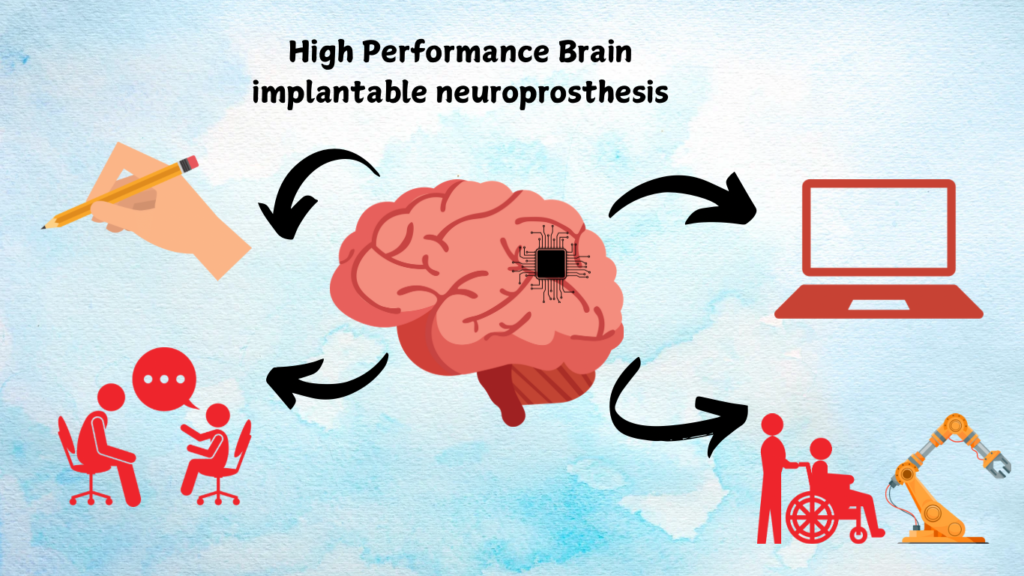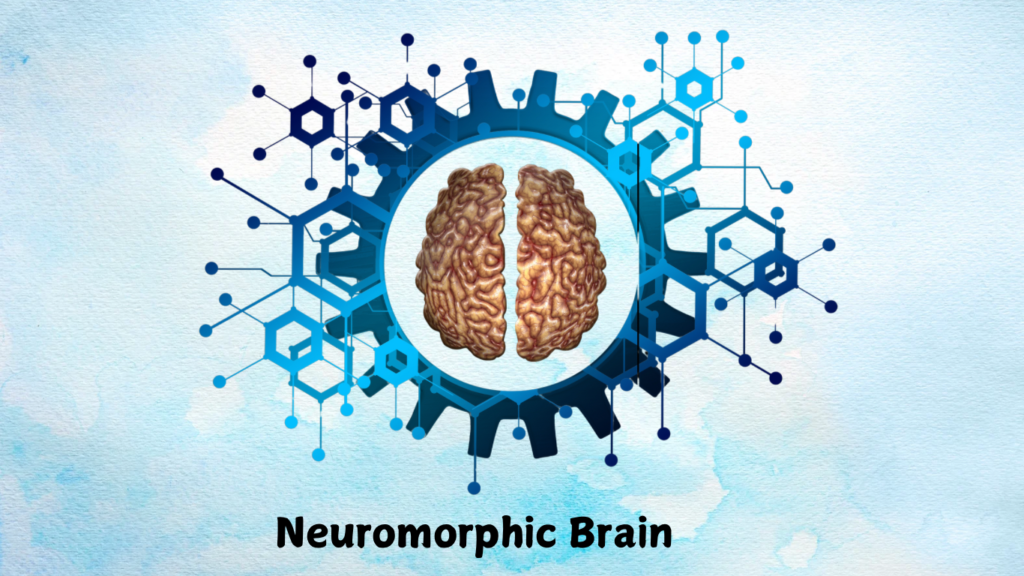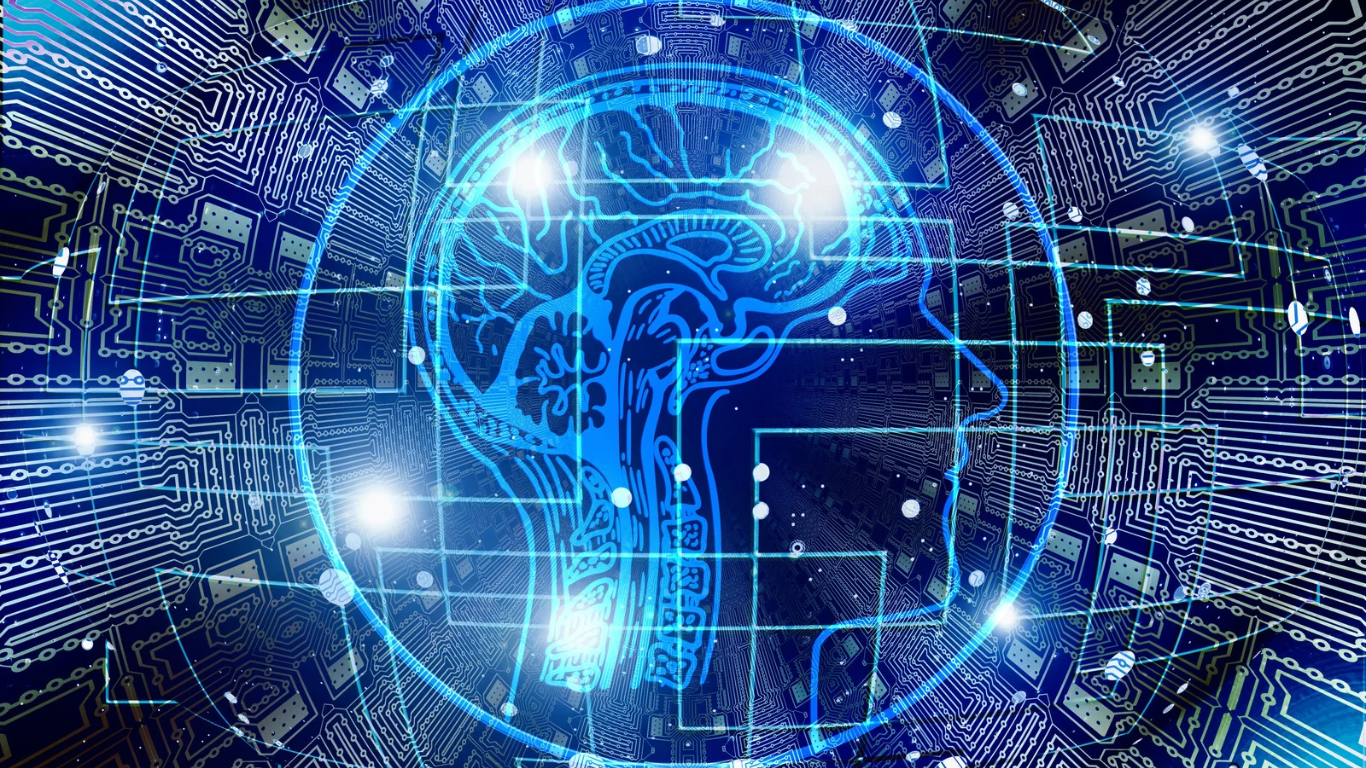Introduction
Consider computers that think and learn like the human brain—quick, efficient, and capable of resolving complicated problems with minimal energy. Welcome to Neuromorphic Computing, a cutting-edge technology that mimics the neuronal structures of the brain. As AI and machine learning push the boundaries of innovation, neuromorphic computing emerges as a game changer, providing unprecedented speed, efficiency, and intelligence.
Let’s take a look at neuromorphic computing, its benefits, limitations, recent advances, and potential future influence.
What is Neuromorphic Computing?

Neuromorphic computing is a computing paradigm that mimics how neurons and synapses interact in the human brain. Unlike traditional computing, which depends on binary logic and sequential processing, neuromorphic systems process information in parallel using spiking neural networks (SNNs), allowing them to be extremely fast and energy-efficient.
Neuromorphic chips mimic human brain architecture, offer parallel processing, adaptive learning, and low power consumption, reducing bottlenecks and energy consumption compared to traditional AI hardware.
Pros and Cons of Neuromorphic Computing

Pros
- Ultra-Efficient Energy Consumption—Consumes far less power than typical AI processors, making it perfect for edge computing and IoT applications.
- Faster Processing and Real-Time Decision Making—Capable of processing large amounts of data instantly, lowering latency.
- Better AI Adaptability—excels at pattern detection, autonomous decision-making, and learning with little training data.
- Scalability and miniaturization—Can be built into small devices such as wearables, robotics, and mobile phones.
Cons
- Complex Hardware Design—Creating neuromorphic chips is more difficult than developing regular semiconductor-based CPUs.
- Limited Software and Ecosystem—Current programming tools and frameworks are not adequately optimized for neuromorphic architecture.
- Early-Stage Development—The technology is still emerging, with few commercial applications at the moment.
- High Cost—Neuromorphic computers continue to have substantial research and development expenses.
Latest Developments in Neuromorphic Computing
IBM’s NorthPole Chip
IBM introduced the NorthPole device in 2023, a neuromorphic processor that combines compute and memory storage, thereby bypassing the typical von Neumann bottleneck. This design allows the chip to execute tasks such as image recognition up to 22 times faster and consume 25 times less energy than comparable GPUs. The NorthPole device has 256 CPU cores and 224 MB of RAM, demonstrating a substantial advancement in neuromorphic hardware design.
Intel’s Neuromorphic Research

Intel Labs is pushing the limits of neuromorphic computing by co-designing optimal hardware alongside next-generation AI software. Their research aims to create adaptable AI systems that are as efficient and capable as the human brain, potentially leading to advancements in machine learning and artificial intelligence applications.
BrainChip’s Akida Processor
BrainChip created the Akida processor, an event-based neural processing device that includes 1.2 million artificial neurons and 10 billion artificial synapses. It uses event-based processing to assess important inputs at key points and stores the results in on-chip memory units. This design enables inference and incremental learning on edge devices while consuming less power, making it ideal for applications such as smart sensors and IoT.
MIT’s Analog Synapses
MIT researchers are developing neuromorphic chips that use analog circuits to better imitate genuine neurons.
The Impact of Neuromorphic Computing on Industries

- Healthcare accelerates drug research, improves medical diagnostics, and drives next-generation prosthetics.
- Autonomous vehicles provide real-time decision-making for self-driving cars with minimal latency.
- Finance improves fraud detection and high-frequency trading algorithms.
- Cybersecurity improves cybersecurity through anomaly detection and AI-driven threat response.
- Smart Devices & IoT improves AI, robotics, and energy-efficient computing.
Final Thoughts: Is Neuromorphic Computing the Future?
Neuromorphic computing is a promising improvement in AI and hardware design that bridges the gap between machine and human intelligence. While issues persist, the potential rewards far outweigh the difficulties. As research advances and commercial applications grow, neuromorphic computing has the potential to transform how humans interact with technology, making AI smarter, faster, and more energy efficient.
What are your thoughts about neuromorphic computing? Could this be the future of AI? Share your thoughts in the comments!



